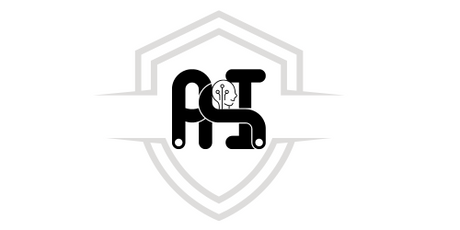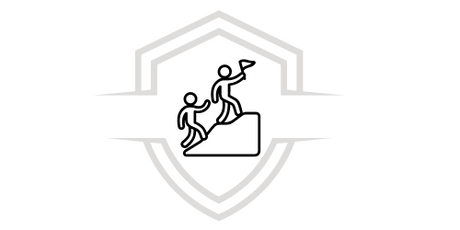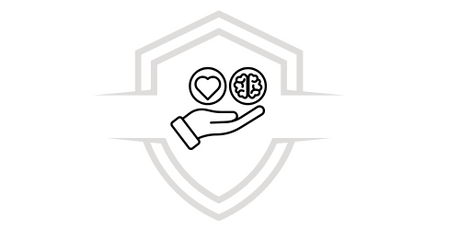If you are venturing into the world of programming, you have surely already heard about JavaScript , this is the programming language that you must work with to add interactions to a web page, such as:
- Games
- Actions that occur when a button is pressed
- Filling out forms
- Dynamic style effects
- animation,
- Photo galleries, etc.
What is JavaScript?
JavaScript is a very popular programming language for adding interactive features and dynamic content to web pages. When JavaScript runs in the browser, it does not need a compiler . The code is read directly by the browser itself. Therefore, it is recognized as one of the three native languages of the web along with HTML and CSS .
It is important not to confuse JavaScript with Java , the latter is a programming language oriented to many more things than the web.
What is Javascript used for?
1. Interactive:
With this programming language it is possible to create effects and animations without any interaction, or by responding to events caused by a user, such as button presses and modifications to the DOM (document object model).
2. Responsive:
JavaScript runs on desktop or mobile browsers, whether on Android or iPhone . That is, it runs on any type of browser.
3. Diversity in functionalities:
It can detect errors in forms, create sliders or carousels that adapt to any screen, perform mathematical calculations efficiently and modify elements easily.
4. Tools created with JS:
Google Analytics , Google Tag Manager, Facebook Pixel , among many others, are tools created using the JavaScript programming language.
20% EXTRA DISCOUNT
Get started today and get fully certified in JavaScript Fundamentals with our course
- 100% online at your own pace
- practical exercises
- Lifetime Access
- certified endorsed
Apply the coupon [DARE] and get an extra 20% discount for only 100 students. Click the button and join!
5. No need to recharge:
JavaScript has developed a technology called AJAX , which is what allows a user to interact with a web page without the interruption of reloading the page. What this means is that this is what allows us to get more messages, tweets, emails, etc. , just by clicking a button, without having to reload the page.
6. Node JS:
There is currently a version that is capable of being executed on the server side ( Node JS ). This allows it to be executed in browsers and on servers. This fact has generated a large number of full-stack developers.
It is important to mention that there are currently some practices that are not recommended by SEOs , for example, many WordPress themes and plugins use scripts to make the web design responsive .
Modern browsers handle this fine, but in some cases Google thinks it's not the best way to do it, so it sometimes affects SEO.
The most widely used JavaScript library in history, and one that is still in use today, is jQuery . With jQuery it is possible to do more things, such as writing less, with a much simpler syntax, modifying our website, creating plugins, animating video games, etc.
Nowadays, jQuery has lost ground to more modern technologies like React and Angular .
FREE DOWNLOAD
We also make this valuable resource available to you completely FREE of charge that will allow you to identify the importance of this programming language, its main elements and its development environment.
Know its history
JavaScript has a history that began a little over 20 years ago, specifically in the early 90s, when users were coming to the Internet and accessing the Web thanks to browsers.
Connections between users and websites were made through very slow lines, and when the user wanted to send information to the server, if it was incorrect, it took a while to find out and the information was lost.
Developers were trying to get validations in the browser to get positive submissions and reduce data loss. That was one of the first motivations for creating JavaScript , to validate forms.
Programmer Brendan Eich began putting server tasks into the browser in a new version of Netscape Navigator 2.0 in 1995.

This task became more and more ambitious, and was named LiveScript . Later, when Sun Microsystems bought Netscape , it was renamed JavaScript . Similar to the name of the server-side language Java , however, it has absolutely nothing to do with JavaScript .

The relationship between them is purely commercial, there is no relationship at the programming level. The confusion arises from the purchase of the Netscape browser by the creators of Java .
At that very moment the so-called Browser Wars began, with each browser having its own version of LiveScript . The beginning of the end of this conflict occurred in 1997, when the ECMAScript standard was developed by various companies.
Still,Internet Explorer is starting to enhance its browser with JavaScript, adding games, improving the user experience, making things easier for programmers, etc.

However, as we mentioned earlier, to make the compatibility task much easier, libraries such as jQuery and others like it emerged. This made programming in JavaScript easier and compatible for all browsers.
Gradually, all browsers adopted the Internet Explorer standard, making JavaScript a language compatible with all browsers. Therefore, the need to use jQuery became less.
Later, JavaScript began to be used on the server side ( NodeJS ), replacing other languages such as Java or PHP . Today, there is still a lot of progress in this technology.
Do you want to learn how to program in JavaScript and take your web development career to the next level? Check out our JavaScript Fundamentals online course. Get started today by entering here
Courses that may interest you
Do you want to acquire more skills in the JavaScript programming language? We recommend our courses on Python from Zero to Expert, Professional Scrum Master and Business Analysis with Excel and Python so you can get the most out of this powerful tool.















